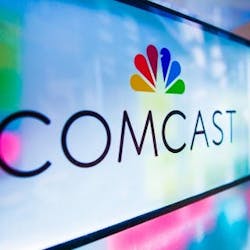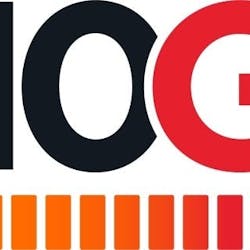HEVC is the next iteration of the Moving Picture Experts Group (MPEG) video compression. It eventually will supersede H.264. Its top line benefits are compelling: Operators will be able to do use it to support 4K video - the format is so bandwidth-intensive that it is thought to be a non-starter without HEVC - and/or cut bandwidth requirements for standard and high definition programming without sacrificing clarity.
The challenge is managing the hype cycle. While the benefits of HEVC are easy to understand, the gating factors to its adoption are less obvious. Issues include the reality that 4K in practice may not offer the radical improvement in picture quality that marketers talk about, that there are hidden costs in HEVC that could neutralize the savings in transmission costs, and that the cable industry’s access to HEVC is dependent on several industry sectors, all of which have their own agendas.
All that said, HEVC is the compression approach of the future. The process is “going about the way we expected,” said Michelle Abraham, SNL Kagan’s senior research analyst for technology. “It is going to take years until there are enough boxes in the market to make it not that costly to switch.”
A good number of things must happen for operators to jump into HEVC. Cable operators - as any business people - look at cost/benefit analyses when planning moves. In general, the assumption has been that the costs of HEVC are great, but the benefits are greater. Dan Rayburn, the executive vice president of StreamingMedia and a principal analyst for Frost & Sullivan, paints a picture that is a bit more nuanced.
Rayburn agrees that cutting the cost of transport by squeezing an equal amount of data into few bits is a source of savings. But what operators must understand - and what undoubtedly is going into their planning - is that 4K streams raise costs in other areas. HEVC costs more to encode, ingest, store, protect and transcode these more densely compressed data flows. “Everyone wants to talk about bandwidth, but bandwidth is just a portion of the overall cost of the video workflow,” he said.
The other challenge Rayburn points out is that achieving full 4K data rates requires compression that is beyond HEVC’s capabilities for the next couple of years. He said a compression gain of 40% between H.264 and HEVC is necessary for full 4K. However, Rayburn said Netflix is “hoping” to see a 20% increase in two years. “Twenty percent is good, but it’s not 40%,” he said.
Another gating factor in the move to HEVC is that two players that have significant impact on demand are not within operators' or their vendors' control: Consumer equipment makers and content producers. Tom Lattie, the vice president of product management at Harmonic, suggested that a big issue in the speed at which the telecommunications industry as a whole moves on HEVC and 4K is how aggressively Android and Apple support it in their devices.
If, for instance, Apple only supports HEVC as far back as the iPhone 6 and 6 Plus, it will be a disincentive for the entire ecosystem - which includes encoders and the adaptive bitrate streaming (ABS) software providers - to be proactive simply because it will be more difficult to offer programming to people who own older devices. Today, Lattie said, MPEG-DASH is the only ABS protocol that supports HEVC. If the mobile operating system and device vendors take a more aggressive approach, he said, the process will naturally be faster.
Keith Wymbs, the chief marketing officer for Elemental Technologies, pointed out that there still is tremendous use of MPEG-2 transport in cable networks. Thus, a transition of this sector to HEVC - skipping MPEG-4 altogether - will lead to savings in bandwidth that are even more startling than those that transition from MPEG-4. “It almost gets to the point that you need to do this to retire MPEG-2 systems,” Wymbs said. “If you couldn’t make the argument of moving from ‘2’ to ‘4,’ maybe that additional halving can enable them to do it.”
What is happening is quite common: The reality of slow HEVC adoption is understood by the telecommunications industry in general and cable operators: It is a long process. The various segments won’t move in lockstep, but at the end of the day, the carriers, the consumer electronics makers and the content creators must all move forward.





